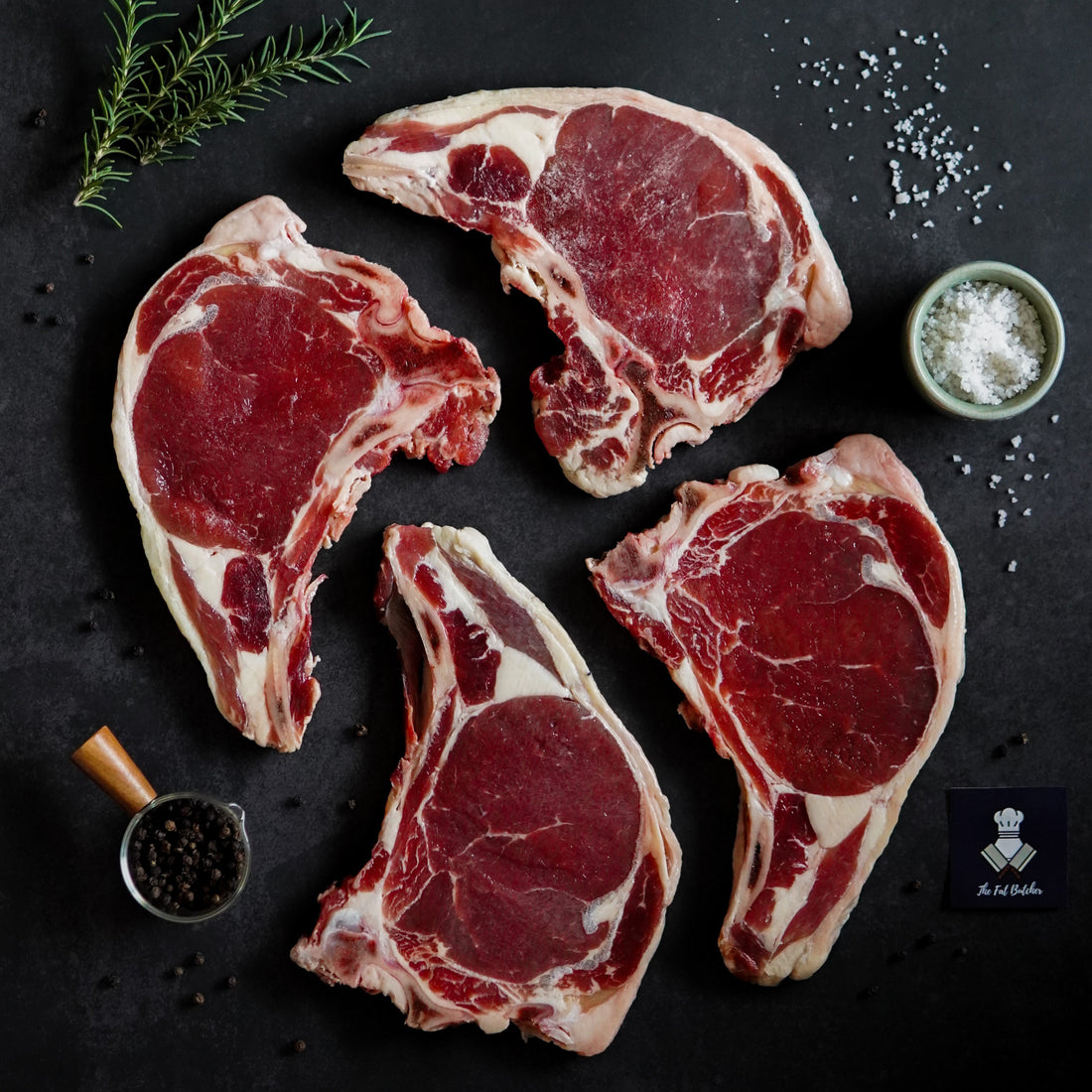
T-Bone Steak vs. Porterhouse: Decoding the Meat Lover's Dilemma
Share

If you're a steak lover, you've likely faced the delightful dilemma of choosing between a T-bone steak and a Porterhouse steak. Both cuts are immensely popular and can make any meat lover’s mouth water. But what exactly sets them apart, and how do you decide which one to choose? Let’s dissect these carnivorous delights to help you make an informed choice.
1. The Anatomy
Both T-bone and Porterhouse steaks are cut from the short loin of the cow and consist of two different muscles - the tenderloin on one side and the larger strip steak on the other. The T-bone steak gets its name from the characteristic T-shaped bone that runs through it. On the other hand, the Porterhouse is cut further down the short loin and contains a larger portion of the tenderloin.
2. The Tenderloin Factor
The presence of a larger portion of tenderloin is the key difference between the T-bone and the Porterhouse. The tenderloin, often considered the most tender cut of beef, is exceptionally buttery and flavorful. In a Porterhouse steak, you get a more substantial piece of this delectable tenderloin, making it a prime choice for those who relish the melt-in-the-mouth texture.
3. Size Matters
Size does matter when it comes to these steaks. A T-bone steak is generally smaller than a Porterhouse. The U.S. Department of Agriculture (USDA) has specific guidelines stating that a Porterhouse steak must have a tenderloin section that measures at least 1.25 inches wide. If it’s narrower, it’s considered a T-bone. So, if you’re in the mood for a heartier meal, the Porterhouse might be your best bet.
4.The Best of Both Worlds
The beauty of both these cuts lies in the diversity of flavors and textures they offer. With the T-bone, you get a combination of the rich, beefy flavor of the strip steak and the buttery tenderness of the tenderloin. The Porterhouse, while similar, emphasizes the tenderness a bit more due to the larger tenderloin section. Your choice ultimately depends on your preference for texture and taste.
5. Cooking Considerations
Both T-bone and Porterhouse steaks benefit from similar cooking methods - grilling, broiling, or pan-searing. Due to the T-bone’s smaller size, it tends to cook a bit faster than the Porterhouse. However, regardless of the cut, ensuring a perfect medium-rare or medium cook is essential to preserve the tenderness and flavor.
In the battle of T-bone vs. Porterhouse, there isn’t a definitive winner because the choice is deeply personal. If you adore the marriage of rich flavor and tenderness, the Porterhouse might be your top pick. If you prefer a balanced combination with a slightly larger strip steak portion, the T-bone is your go-to. Whichever you choose, one thing’s for certain – both these steaks promise a succulent, indulgent experience that will satisfy your inner carnivore. So, the next time you find yourself at a steakhouse, armed with this knowledge, you can confidently make your choice and savor every delicious bite. Happy dining!
